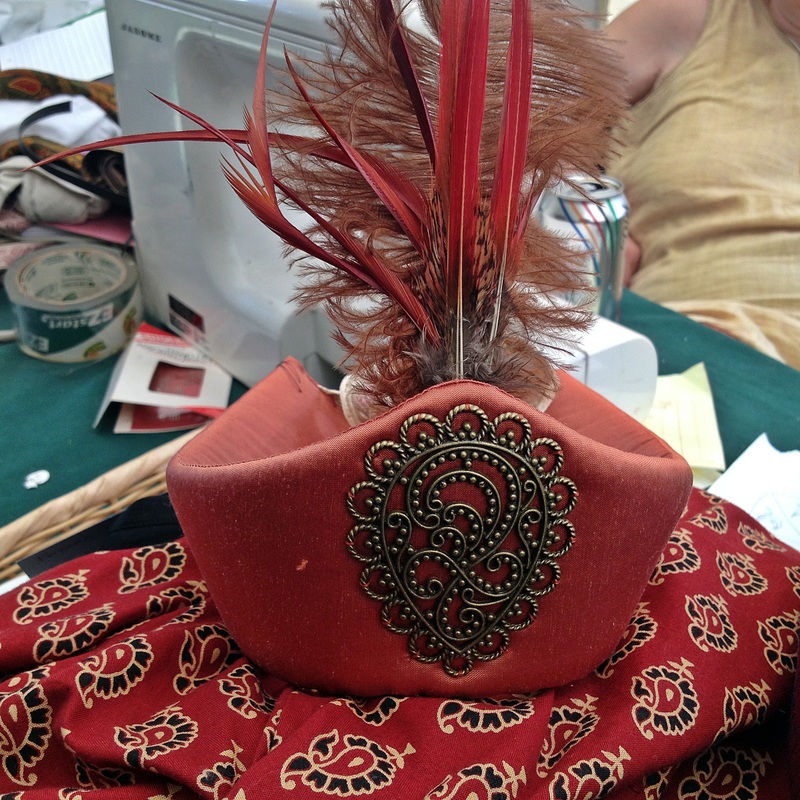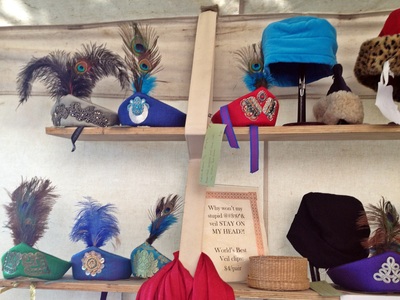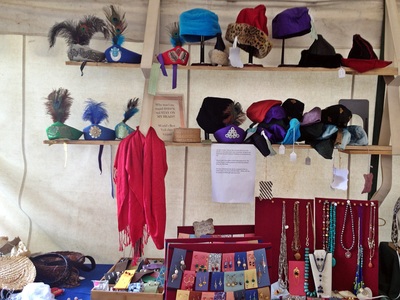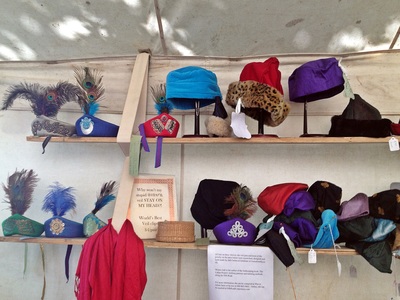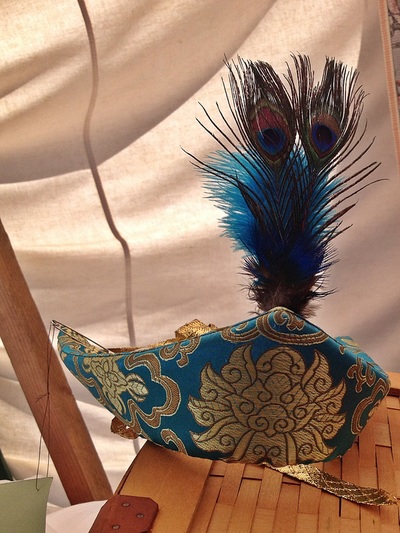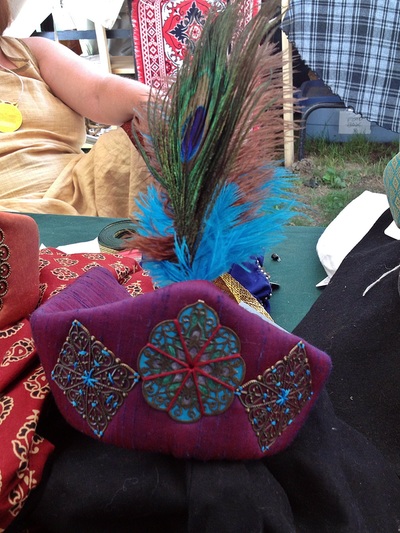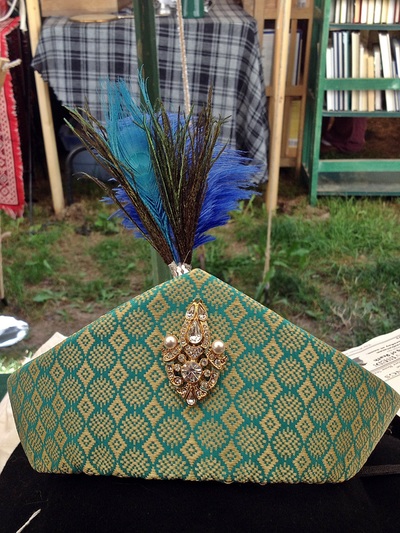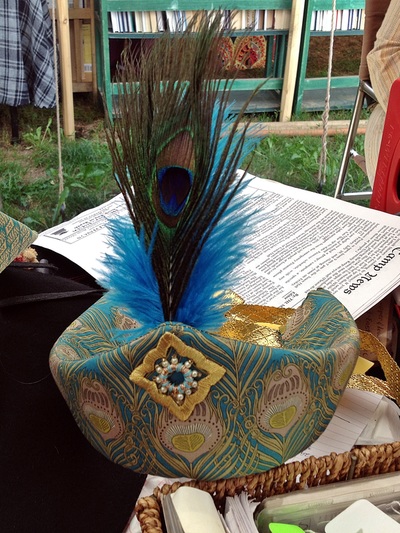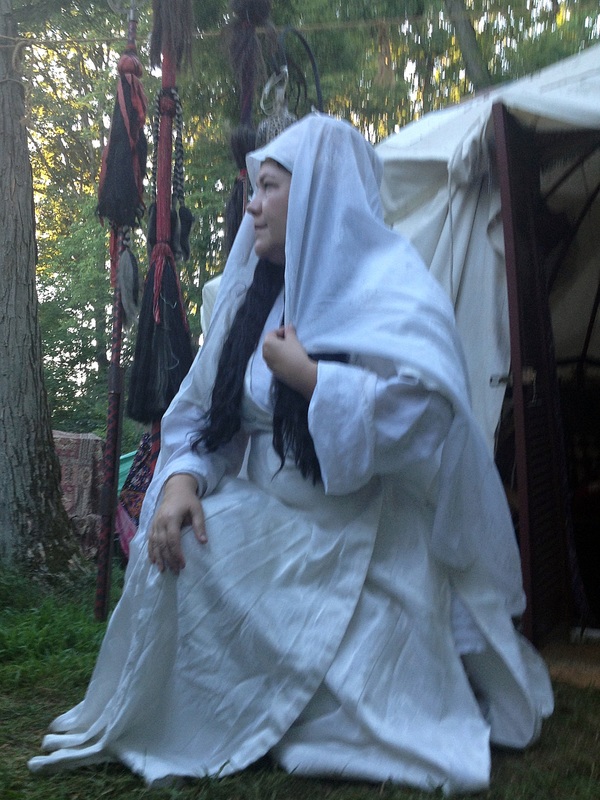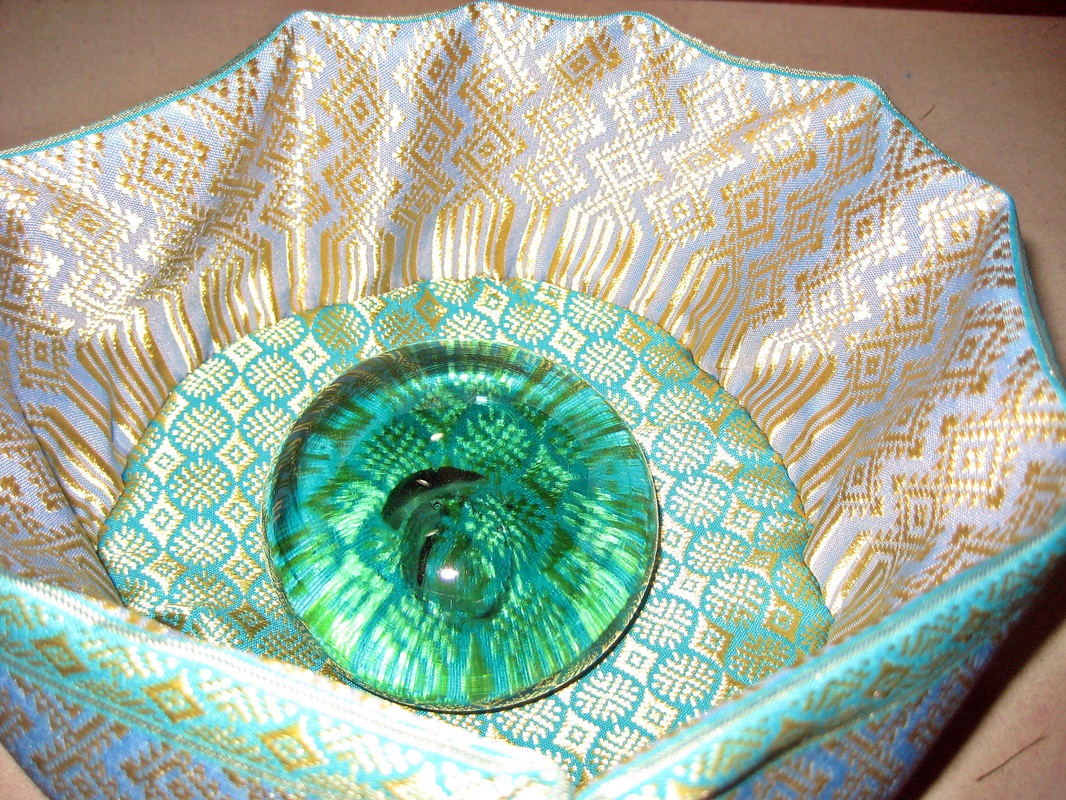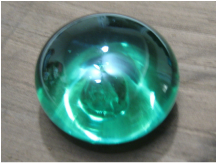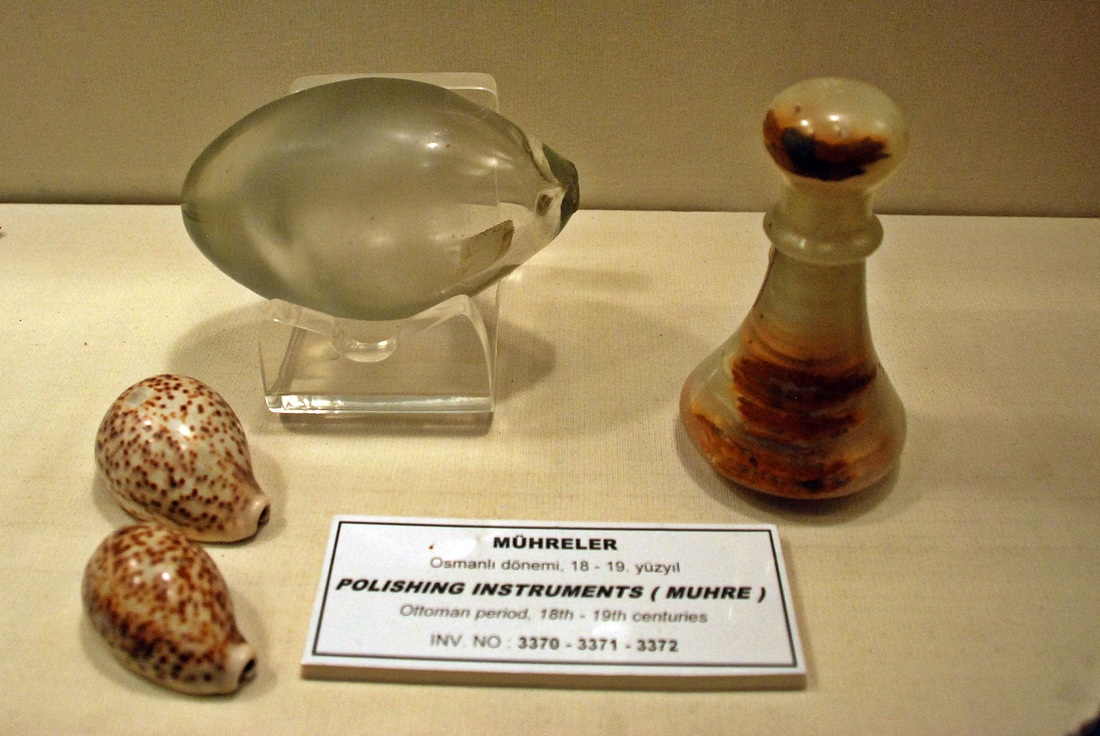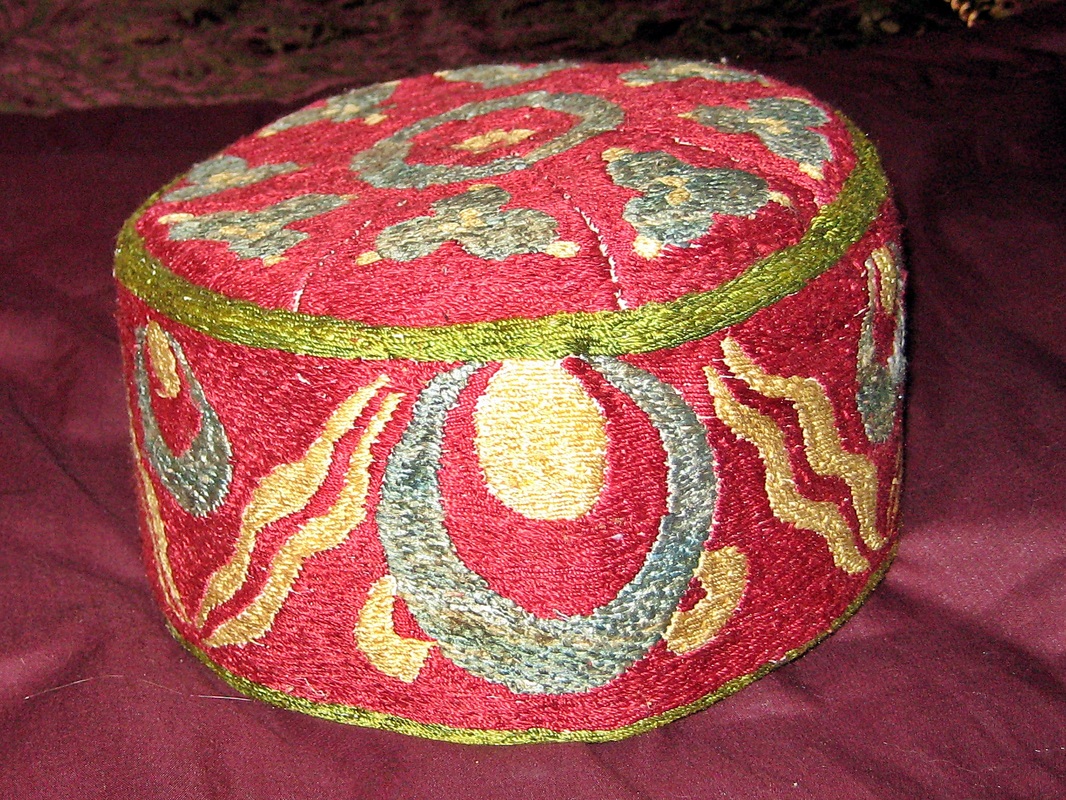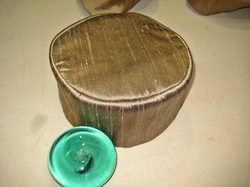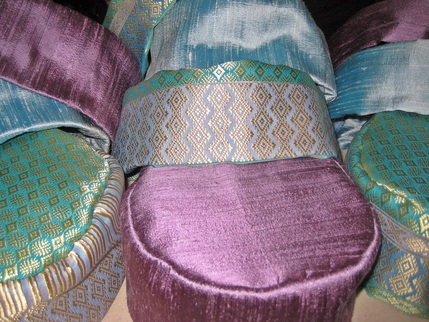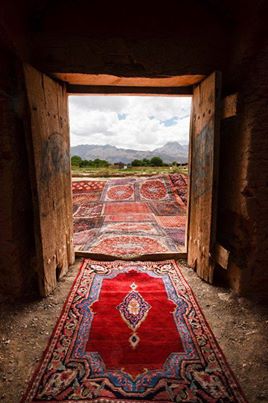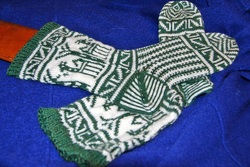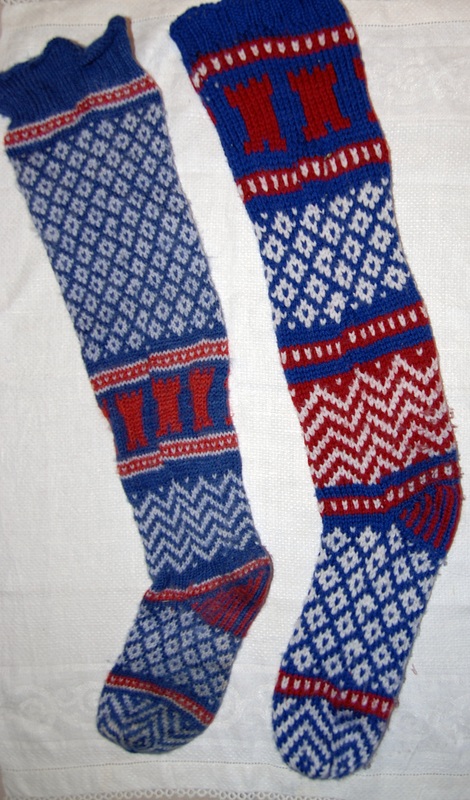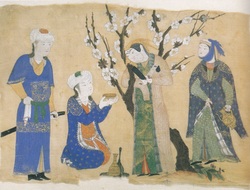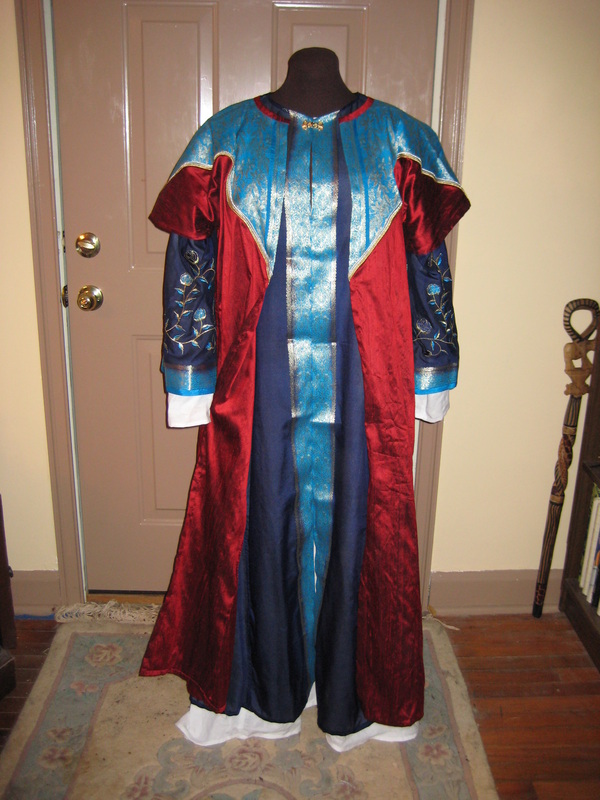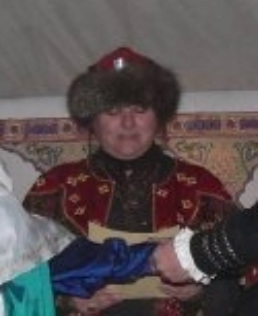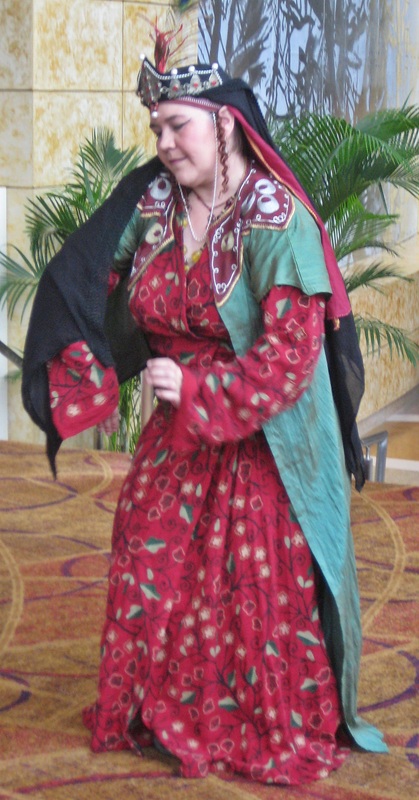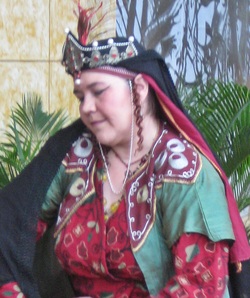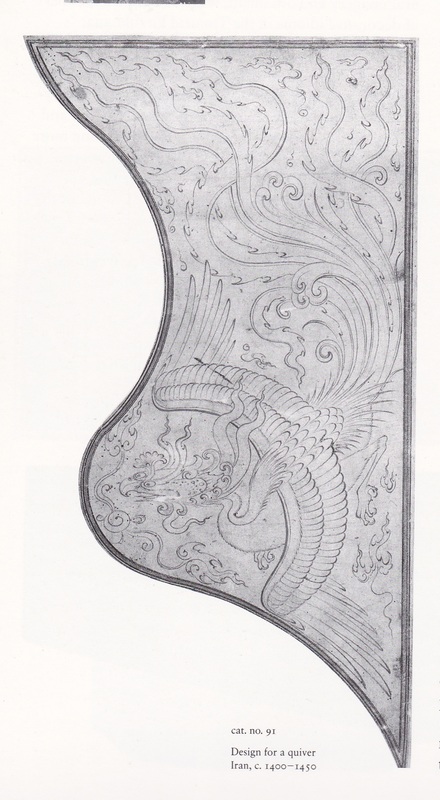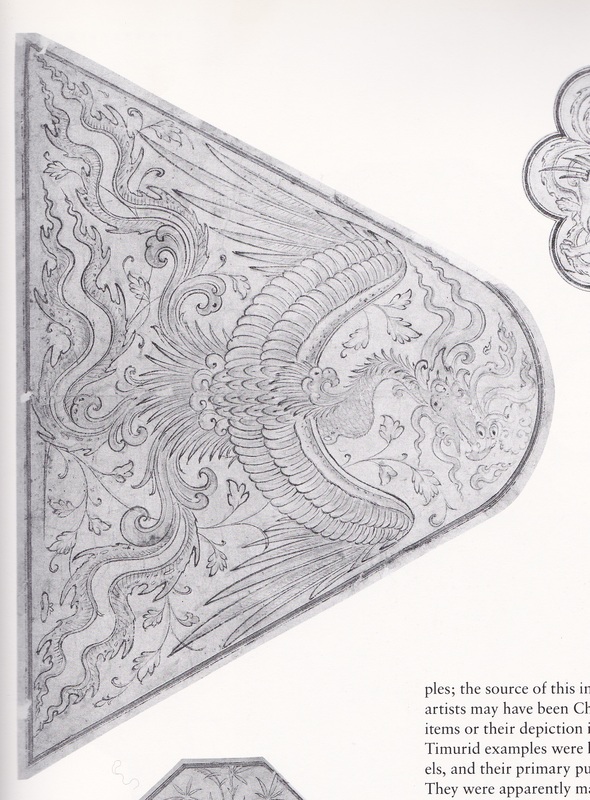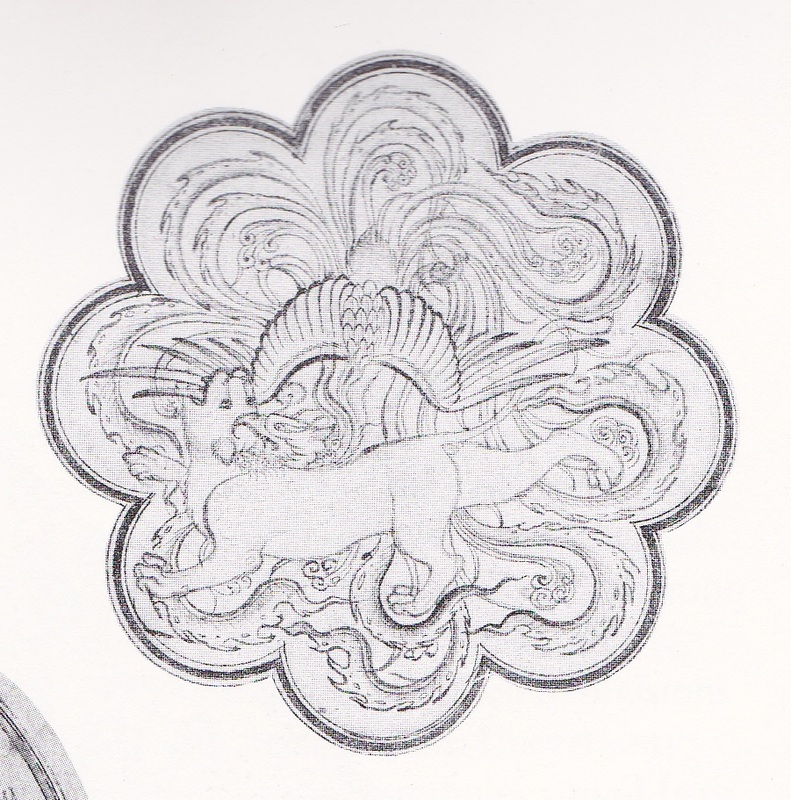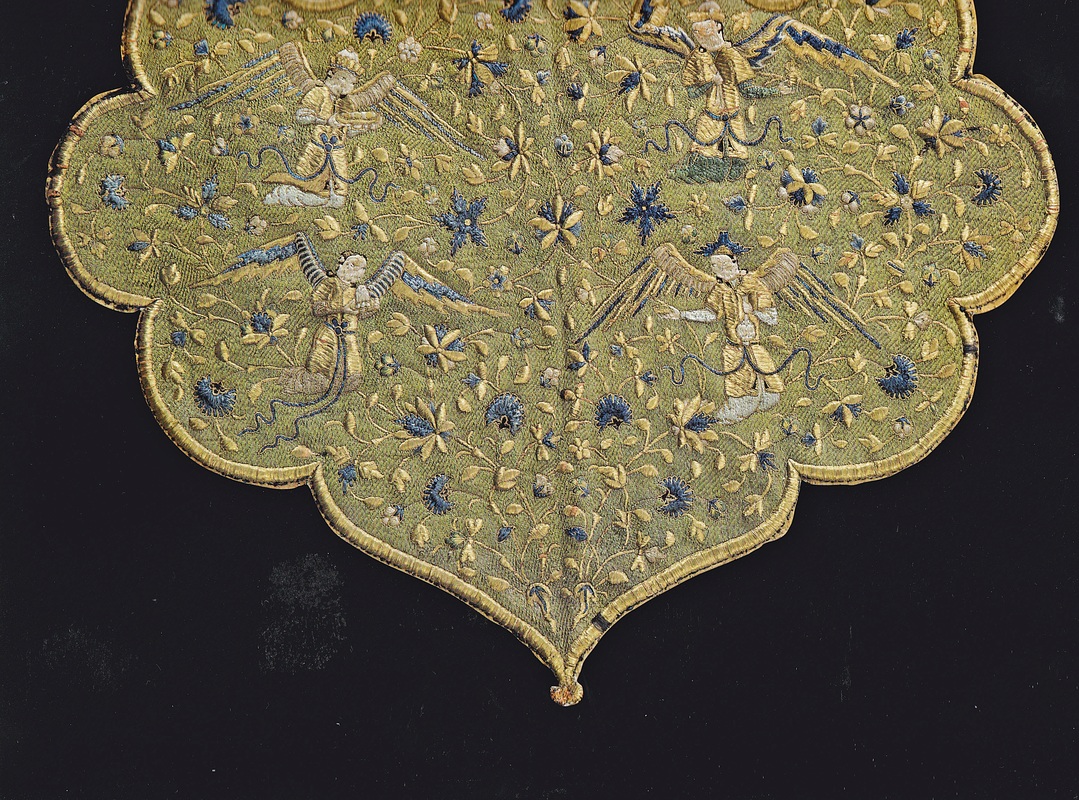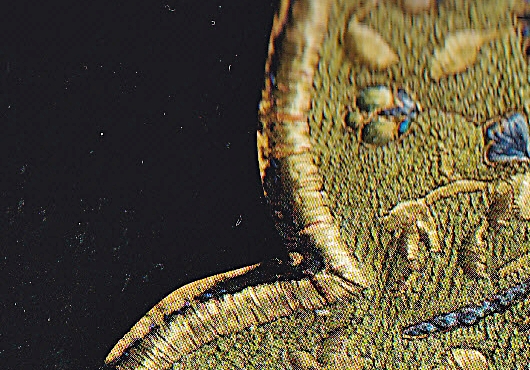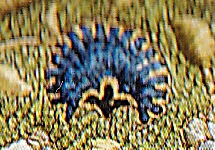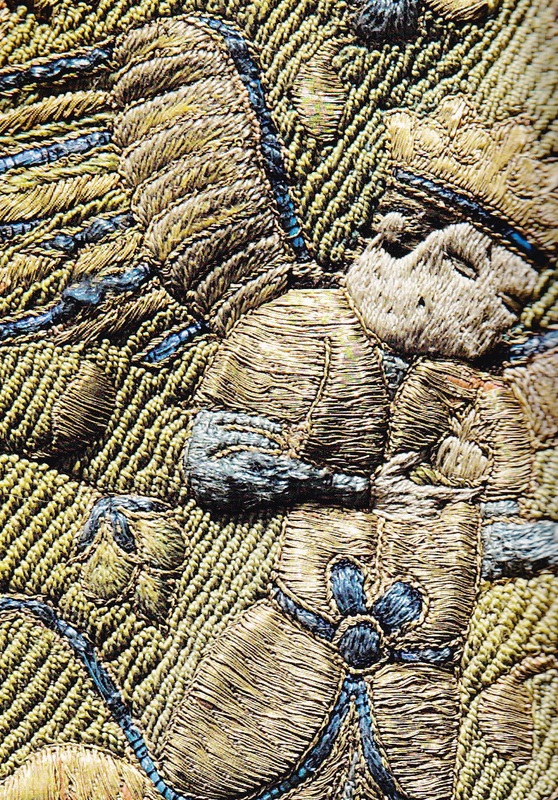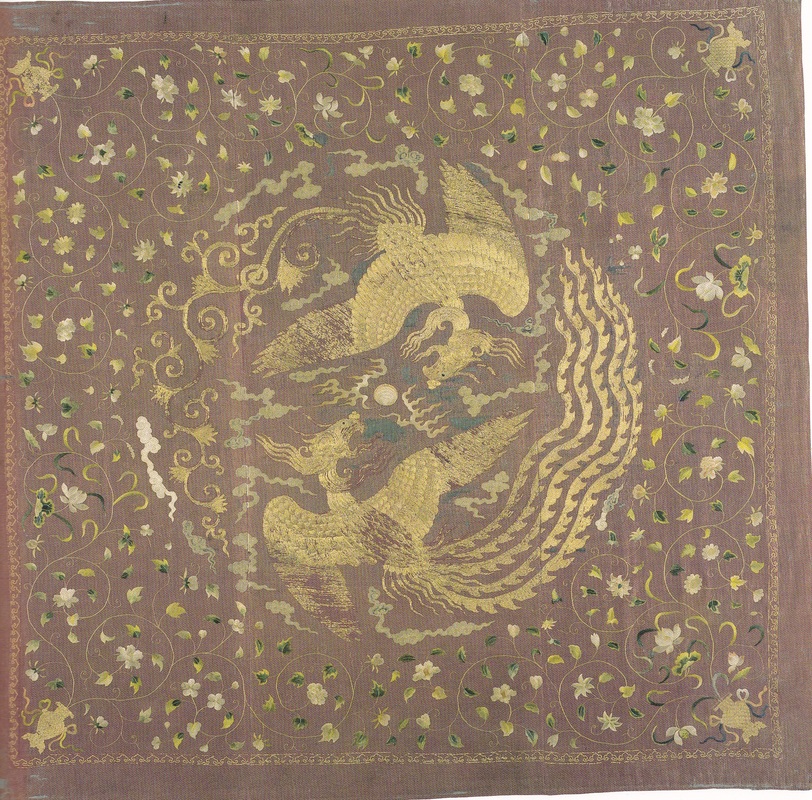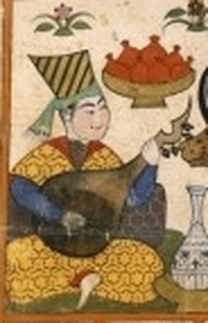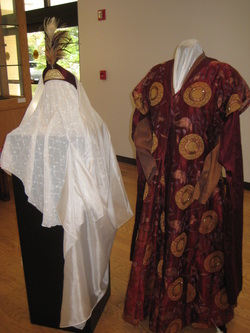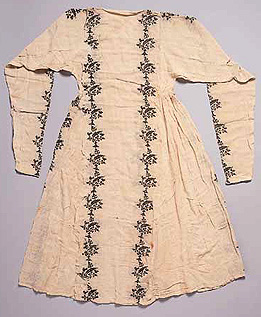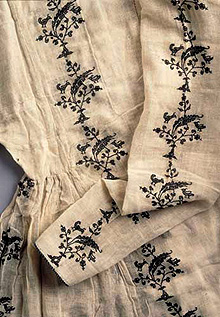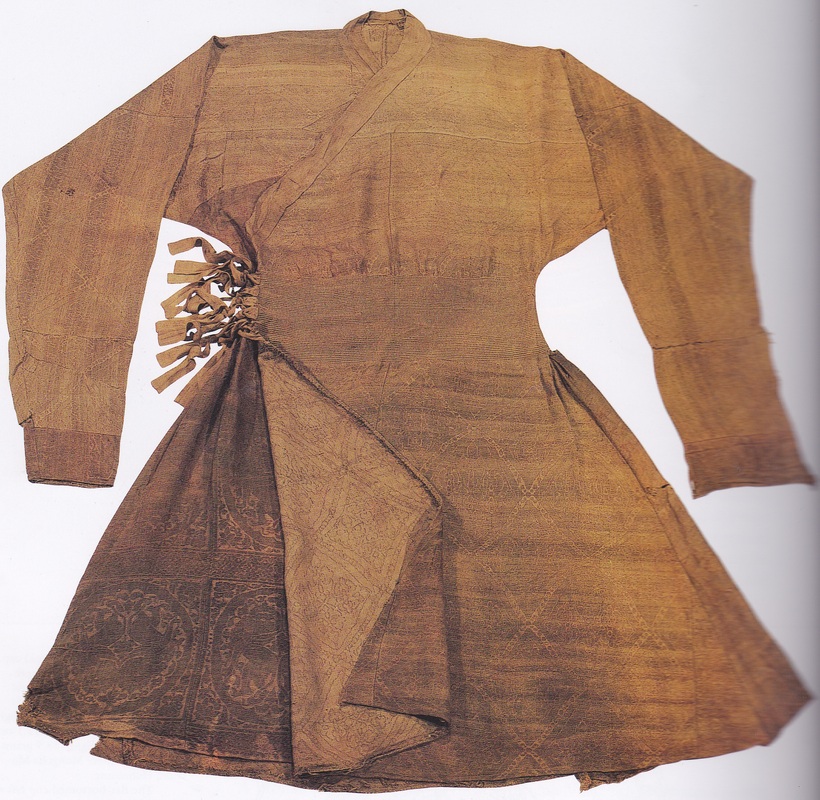I mentioned the song Havada Bulut Yok in my last post and I wanted to tell you a bit more about it. Ted says, "If you ever want to make a Turkish man cry, you will play him this song."
Most of this knowledge of the song comes from Turku and the research they have done. Any inaccuracies or misrepresentation is entirely my own doing.
Translating songs and poetry from one language to another can be so very tricky. Lots of the translations of Sufi poets such as Rumi that were done around the turn of the 20th c. were translated into what English-speakers thought of as 'proper poetry'.
Which means iambic pentameter, and an end-line rhyme scheme, which means that some translations sound like they were written by Dr. Suess.
Coleman Barks began translating Rumi's Sufi poems at the turn of the 21st c. but his focus was on the inner meaning and symbolism of the poems, not their external structure. And so he worked with word-for-word translations from the original language and then wrote poetry to capture the deeper meaning.
So I find that when I write poetry now, it comes out in a free-verse format that seems to be a cross between these poetic translations of Sufi poetry and Spoken Word.
But back to the song that makes old men cry.
It was composed during World War I, when the fading Ottoman Empire was at war in Yemen. It was not going well and people began to understand that when the soldiers went away to Yemen, they did not come back.
Here is one version, from Wikipedia
There is no cloud in the air, What is that smoke?
There is no death in the neighborhood, What is that cry?
Those Yemen lands are so rugged
Over there is Yemen, its rose is fenugreek
Those who go never return, Why?
This is Moush, its roads are steep
Those who go never return, What's going on?
Saz is being played in front of the barracks
It's giving me heartache that he's barefoot
Girls cry to the ones who went to Yemen
Over there is Yemen...
Another translation I've heard that resonates with me more deeply goes, in part, something like this:
There are no clouds in the sky, why this haze?
It is the smoke of battle,
Why are the young men playing music in the square, there is no wedding today. They are marching off to war.
So I heard this for the first time at a Turku concert that they played on our way to Zlatne Uste's Golden Fest in New York about 2 years ago. Ted explained the lyrics and the history and the longing for someone who will never come back.
Farzad played the improvisational section on violin with such passion and tenderness and I was just taken up with it. I danced, hiding in a corner, with tears running down my face and the smell of smoke in the back of my throat.
I listened to their recording of it, endlessly, it seemed. I've performed it twice now, it feels like a compulsion, like something jagged twisting in my gut.
This song was written a hundred years ago, during the 'war to end all wars', and nothing much has changed.
It makes me think of Syria, and Yemen, and all the places in Africa where people are saying goodbye for the last time. And feeling powerless to help. And feeling such anger that we do this to ourselves over and over and over again.
There are two other songs that do this to me, An Old Song, and Lullaby Behind the Lines.
So the first time I performed it, I woke up in the middle of the night and wrote this poem:
I have a belly full of bones
You dwelt within my belly when your father went to war
He wiped my tears and I told him to be brave
Come home again, again, again
I have a belly full of bones
I carried you in my arms when your father came home from war
My mother wiped my tears and told me to be brave
A box of bones, be brave, be brave
Come home again, again, again
I have a belly full of bones
I carried you at my hip and sang a lullaby of bones, of bones
None wiped my tears or told me to be brave
Come home, again, again, again
I have a belly full of bones
You carry your spear and dream of war, of war
No tears for you, your father was brave and…
Come home again, again, again
I have a belly full of bones
Your bride upon my threshold, telling news of war, of war
I wiped her tears and told her to be brave
I lie, I lie
Come home again, again, again
I have a belly full of bones
Your son within her belly dreams of war, of war
I have no tears
We lie, we lie
Come home again, again, again
